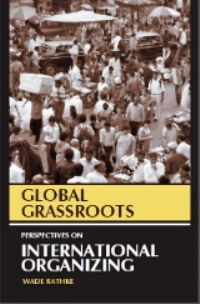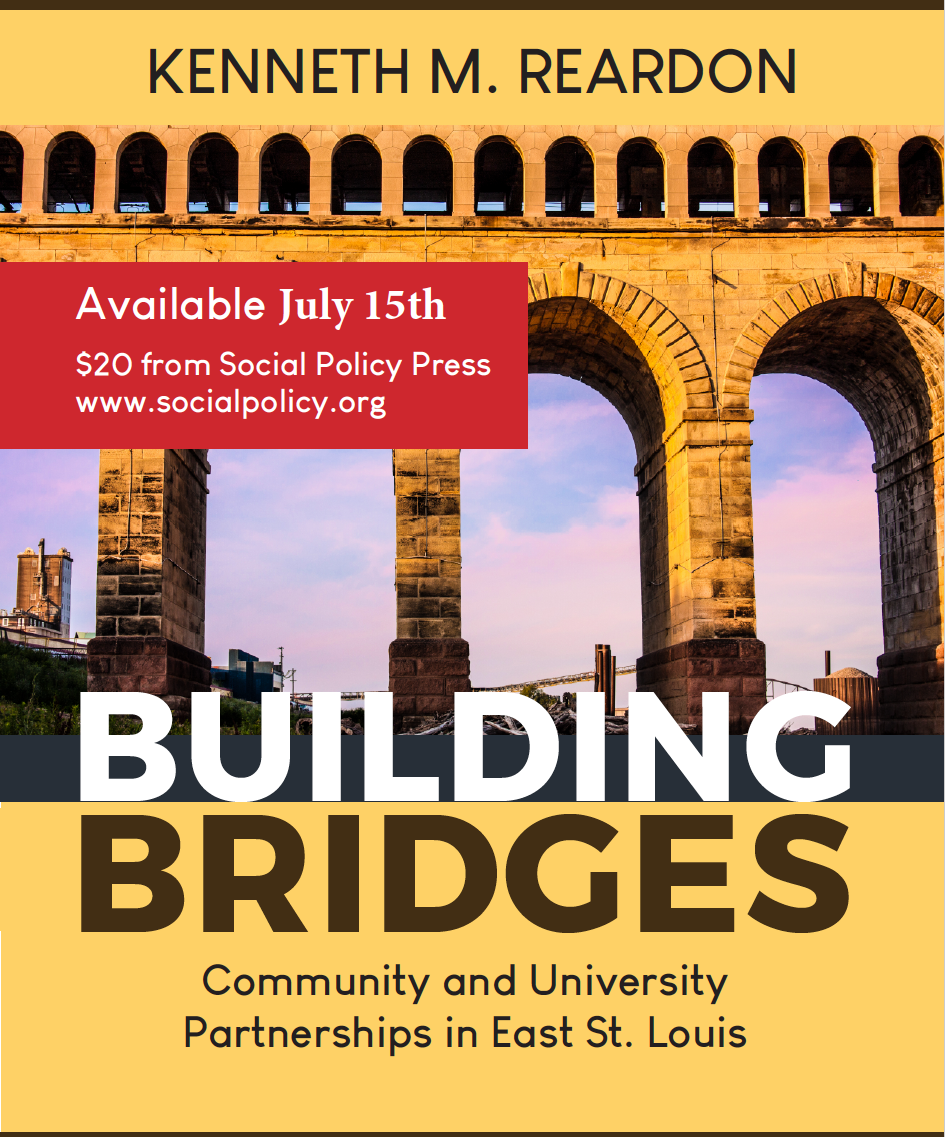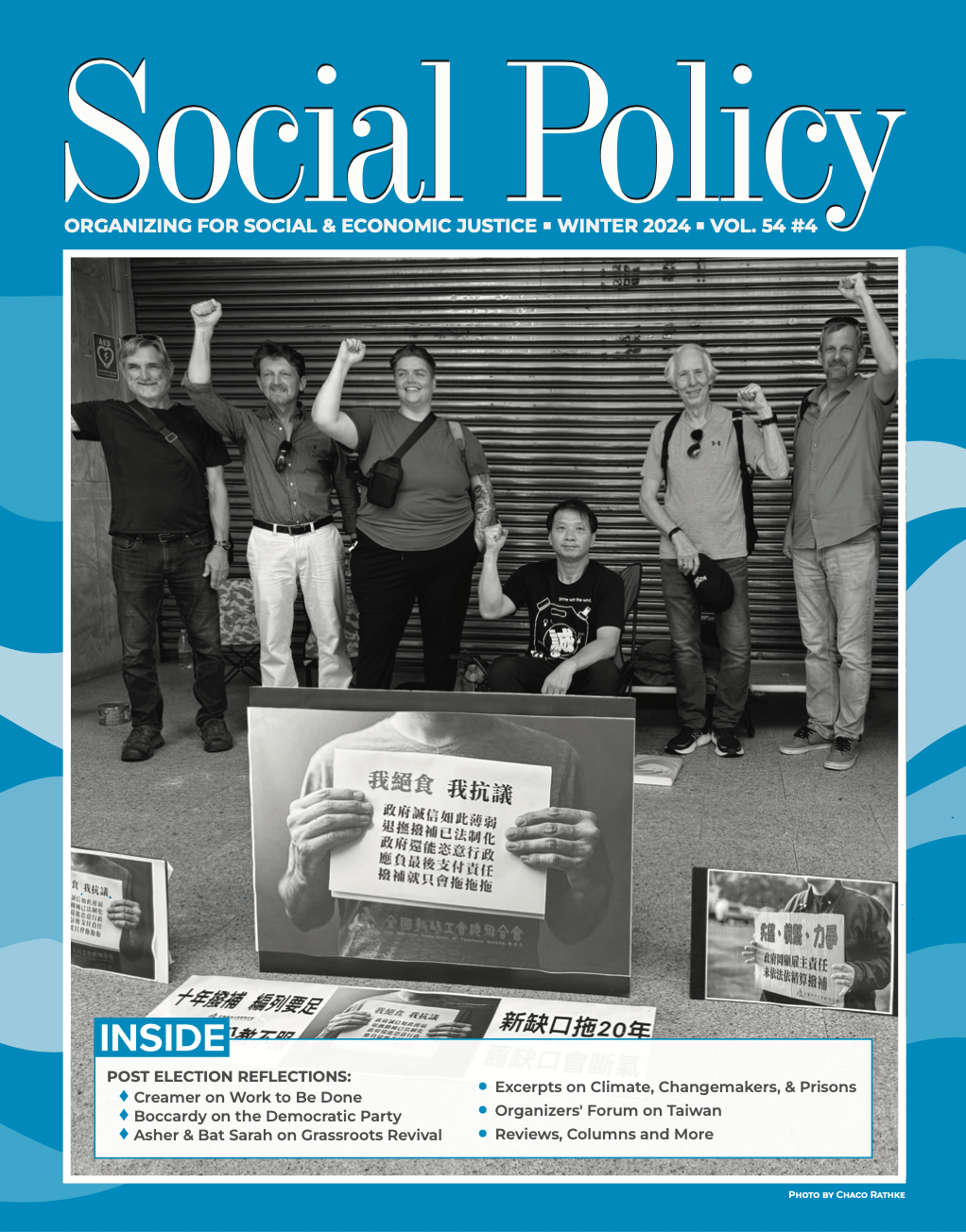SPECIAL REPORT: Organizing Forum International Dialogue in Taipei, Taiwan - Culture
Written by Richard Ziemianski
Temples, Museums, Parks and Historical Quarters Highlight Taiwan's Culture
In August of this year, I was participating in the Organizers Forum delegation to Taipei, Taiwan. Our week-long journey gave us the opportunity to visit temples, museums, parks and historical quarters of this beautiful city, and trough this experience it gave us also a great glimpse into the culture of this island nation. Taiwan's culture is traditional and conservative, mainly Chinese in origin with huge influences of indigenous Taiwanese and Japanese cultures. There is also Westernization since World War II.
The society is class -oriented and hierarchical, but anyone can advance socially through education.
Temples and places of worship are everywhere in Taipei, because freedom of religion is a constitutional right in the Republic of China (Taiwan). Religious culture is embedded in the Taiwanese society and to see and experience it in Taipei, one must visit the most famous and most important temple in the city- the Longshan Temple, an active place of worship, buzzing with energy and devotion and especially when listening to one of the daily chanting ceremonies. Like most temples in Taiwan, Longshan combines elements of Buddhism, Taoism, and folk religions, and approximately 93% of people in Taiwan identify themselves as believers.
The National Museum of Taiwan is a great learning place for indigenous culture, tradition and origin. There are currently 16 recognized indigenous tribes in Taiwan and every tribe has its own distinct culture, language, customs and social structure. All the groups have contributed greatly and influenced Taiwan's cultural identity, notably through their indigenous arts, which finds expression in various forms including weaving, pottery, carving, music etc.
The culture was suppressed, but in the last 30 or so years, the government of Taiwan promotes and recognizes their importance.
From 1895 to 1945 -Taiwan was a Japanese colony. Japanese colonial influence has made a huge impact on Taiwan 's culture, for example the local Chinese dialect includes Japanese words, tatami mats are found in many homes, and big dollops of wasabi are routinely served with seafood. Even Japanese fashion is being copied.
Many of important Japanese-era buildings are still in use (after repairs and restoration):
Presidential Office Building, National Taiwan Museum, Land Bank Exhibition Hal,l Taipei Guest House,Taiwan Tobacco & Liquor Corporatio,n Nanmon -Cho 323 - Japanese Tea -House Bo-Pi-Liao Historic Block, Taiwan Railways Museum Exhibition Hall, Taipei Post Office, Futai Street Mansion, Zhongshan Hall, The Red House, Bank of Taiwan, NTU Hospital,Taiwan Folk Art Museum, and Taipei Botanical Garden.
During the Japanese colonial period, art was first institutionalized in Taiwan and the establishment of public schools dedicated to fine arts.
Unlike many other countries, where colonial past has left negative impact, Japan and Taiwan are much more than neighbors.
The biggest impact on Taiwan's culture has been China, not only because of the early migration of Chinese people from the Fujian Province , but most significantly the arrival of Nationalist
mainlanders, who fought the civil war with the communists and came over, establishing their dominion in Taiwan. In response to the Cultural Revolution of Communist China, the government of Taiwan began promoting the Chinese Cultural Renaissance, with programs designed to promote traditional Chinese culture to counter the communist movement on the mainland, with an enormous success.
Lastly, western culture has grown in influence on Taiwan, especially in movies, music, literature, and fashion.
All these influences contributed to define Taiwanese culture as collectively held systems of meaning and customary patterns of thought and behavior shared by the people of Taiwan.
Richard Ziemianski is a board member for the British Columbia General Employees Union.











